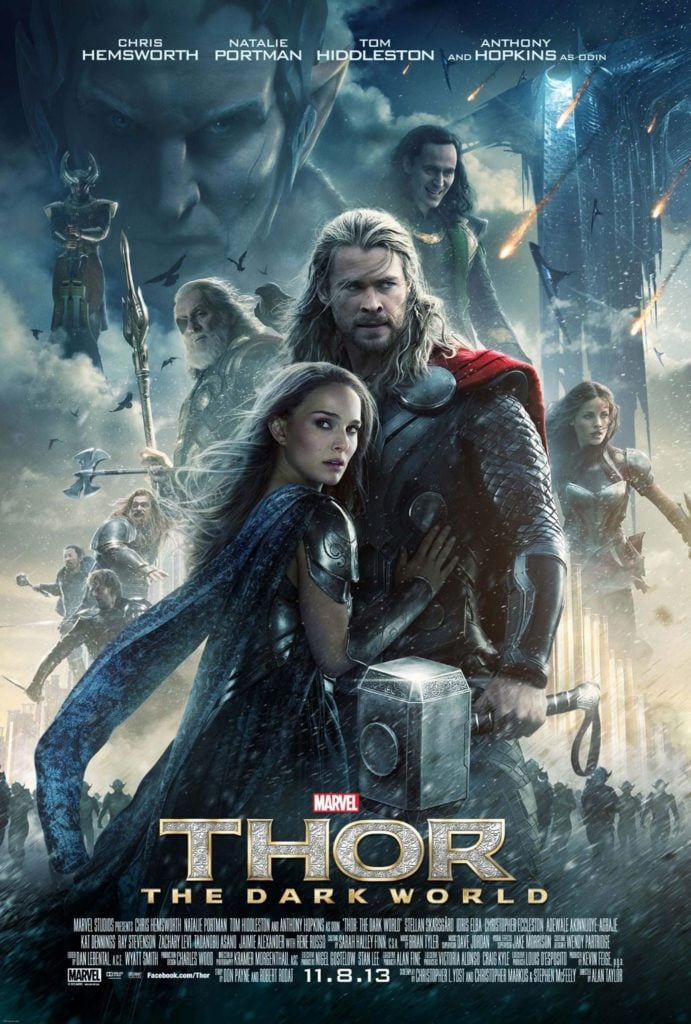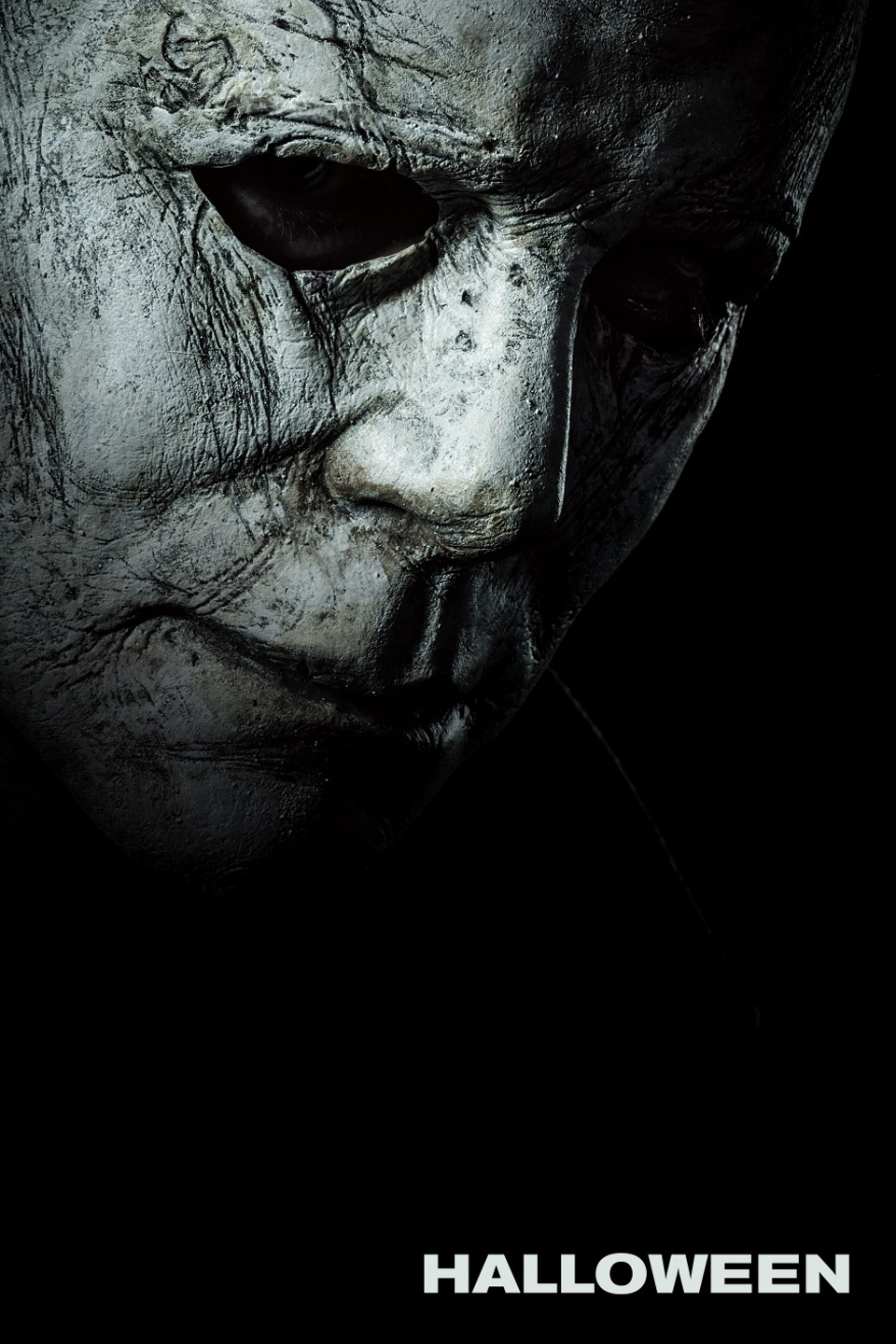Key Concepts:
● Cultural resistance
● Cultural hegemony
● Subcultural theory
– Key idea: The political, personal and cultural are always intertwined.
– The idea of resistance and political protest.
– Culture is what influences people’s hearts, minds and opinions. This is the site of popular change. The media can change how people see the world.
– Antonio Gramsci: Italian philosopher writing in the 1930s.
Key Terms:
● Hegemonic: Dominant, ruling-class, power-holders.
● Hegemonic culture: The dominant culture.
● Cultural hegemony: Power, rule, or domination maintained by ideological and cultural means.
● Ideology: Worldview – beliefs, assumptions and values.
Letter to the Free – Common
- Lonnie Rashid Lynn, known by his stage name Common (formerly Common Sense), is an American rapper and actor.
- Common’s first major-label album Like Water for Chocolate (2000), received commercial success. In 2003, he won the Grammy Award for Best R&B Song for the Erykah Badu single “Love of My Life”.
- Commons genre of music he records is Hip Hop, Neo Soul and Progressive Rap.
- He achieved mainstream success through his work with the Soulquarians.
- Common signed a major label record deal with MCA Records and relocated from Chicago to New York City in 1999. He began recording almost exclusively with a loose collective of musicians and artists (dubbed the “Soulquarians” by central figure Questlove).
- Commons net worth is $45 million.
Letter to the Free Lyrics:
‘Black bodies being lost in the American dream’ – This explains that the dream for America is to be equal and racist free however black people are being taken out of the community and sent to be prison making America a white supremacy.
‘Slavery’s still alive, check Amendment 13’ – This expresses that slavery is still alive and is not used as a punishment but used because ‘they’ are black. Amendment 13 is “Neither slavery nor involuntary servitude, except as a punishment for crime whereof the party shall have been duly convicted, shall exist within the United States, or any place subject to their jurisdiction.” meaning, slavery should only be used if someone has committed a criminal act. As well, people with power, e.g white racist police officers are arresting black people for no reason, due to them being a different race.
‘Prison is a business, America’s the company’ –
‘Instead of ‘n***a’ they use the word ‘criminal’ –
13th Netflix movie (2016)
- 13th explores the history of racial inequality in the United States, focusing on the fact that the nation’s prisons are disproportionately filled with African-Americans.
- The movie was directed by Ava DuVernay and was distributed by Netflix.
- 13th was nominated for the Academy Award for Best Documentary Feature at the 89th Academy Awards, and won the Primetime Emmy Award for Outstanding Documentary or Nonfiction Special at the 69th Primetime Emmy Awards.
- The 13th documentary made $566 USD in box office.
Postcolonialism
Postcolonialism specifically looks at identity and representation through the lens of Empire and Colonialism.
Postcolonial criticism challenges the assumption of a universal claim towards what constitutes ‘good reading’ and ‘good literature’; questioning the notion of a recognised and overarching canon of important cultural texts.
The Shadow of Slavery:
Key figure: Edward Said who wrote a book about culture, imperial power and colonialism. His book is called Orientalism.
Quote (Edward) – ‘the power to narrate, or to block other narratives from forming or emerging, is very important to culture and imperialism‘.
Jacques Lacan was a intellectual French philosopher and psychoanalyst. He expresses that we can never discover ourselves as we cannot see ourselves from the outside, from a 3rd person perspective. Lacan proposed that in infancy this first recognition occurs when we see ourselves in a mirror. (You see yourself differently the way someone else sees you, in both looks and perspective.)












